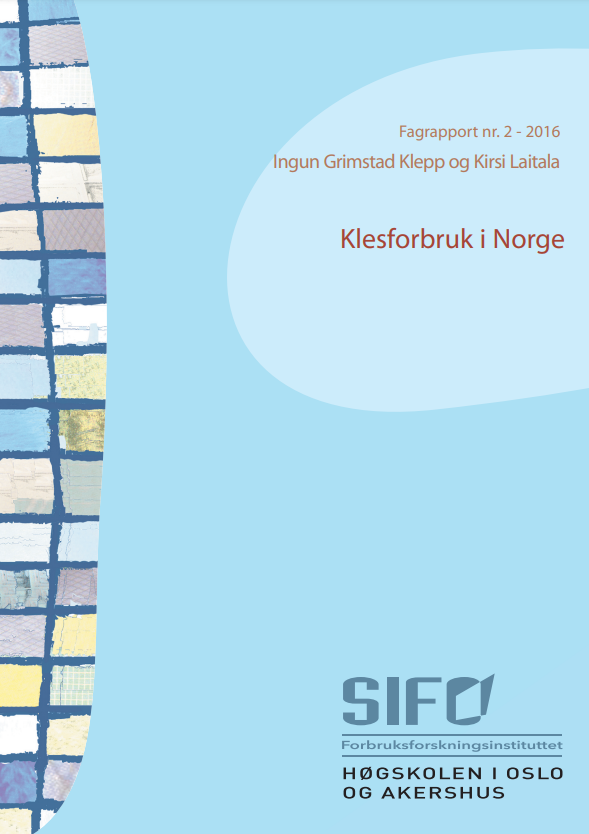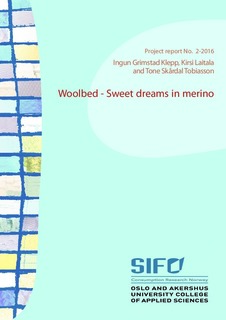What’s the Problem? Odor-control and the Smell of Sweat in Sportswear
Ingun Grimstad Klepp, Madeline Buck, Kirsi Laitala & Marit Kjeldsberg
Abstract
Sport and fitness are increasing in popularity, and so is awareness of body odor. Both are aspects people wish to gain control over, as promised by the marketing of sportswear with odor-controlling properties. This article discusses how the heightened awareness of body odor has developed, and how unpleasant odor varies between textiles made of different materials. A sensory analysis by a consumer panel was used to evaluate the odor intensity of 13 different fabric samples taken mainly from sportswear.
The so-called odor-control textiles smelled less intense than similar polyester samples without such treatment. Wool and cotton smelled significantly less intense than both odor-control and polyester when the samples were sweaty or aired. After washing, the odor-control textiles had a level of odor intensity that was in between that of the cotton and woolen samples. The odor-control treatment reduced the smell, but not enough to make a difference on laundering frequency, and the textiles smelled still more strongly than wool.

